Pagan Symbols and Their Meanings
The Triple Moon Symbol: Meaning, History, and Spiritual Significance
The Triple Moon Symbol is a powerful emblem in Wicca, Paganism, and other spiritual traditions. Representing the phases of the moon and the divine feminine, it holds deep meaning for those who honor nature's cycles and the wisdom of the goddess.
What is the Triple Moon Symbol?

The Triple Moon Symbol consists of three lunar phases arranged in a row. It is closely associated with the Triple Goddess, a representation of the divine feminine:
- Waxing Crescent (Left): Symbolizes new beginnings, growth, and potential. It is thought to represent the youthful, curious, and full of potential Maiden.
- Full Moon (Center): Symbolizes power, intuition, and fulfillment. It is thought to represent the nurturing, protective, and powerful Mother.
- Waning Crescent (Right): Signifies reflection, release, and endings. It is thought to represent the wise, introspective, and transformative Crone.
This cycle reflects the natural progression of life, reinforcing the idea that change is a constant and necessary part of existence.
The Triple Moon Symbol is more than just an emblem; it is a representation of life’s natural rhythms, feminine power, and the eternal cycle of birth, life, and death. Whether you use it for spiritual guidance, magic, or personal growth, it serves as a beautiful reminder of the moon’s ever-changing yet eternal presence.
Throughout history, many moon goddesses have represented various aspects of the Triple Moon Symbol. Some prominent examples include:
- Hecate (Greek): Goddess of magic, the moon, and the underworld.
- Selene (Greek): The personification of the moon.
- Artemis (Greek): Goddess of the hunt and the crescent moon.
- Morrigan (Celtic): A goddess linked to transformation and fate.
The Pentacle and Pentagram: Meaning, History, and Spiritual Significance

The Pentacle and Pentagram are powerful symbols in various spiritual and mystical traditions. Often associated with protection, balance, and the five elements, they hold deep meaning for practitioners of Wicca, Paganism, and other esoteric paths.
What are the Pentacle and Pentagram?
- Pentagram: A five-pointed star, often drawn with a continuous line.
- Pentacle: A pentagram enclosed within a circle, representing unity and wholeness.
These symbols have been used throughout history in religious, magical, and philosophical contexts, signifying protection, knowledge, and the connection between the physical and spiritual realms.
The Five Elements and the Pentagram
Each point of the pentagram represents one of the five classical elements:

- Earth: Stability, grounding, and material aspects.
- Air: Intellect, communication, and knowledge.
- Fire: Passion, transformation, and energy.
- Water: Emotions, intuition, and healing.
- Spirit (Aether): The divine, higher self, and the universe.
When enclosed within a circle, these elements are balanced and protected, creating harmony between the spiritual and physical worlds.
The pentagram has been found in various ancient cultures, including:
- Ancient Mesopotamia: Used as a symbol of imperial power and protection.
- Pythagoreans (Ancient Greece): Represented mathematical perfection and harmony.
- Medieval Christianity: Used to symbolize the five wounds of Christ.
- Renaissance Occultism: A symbol of microcosm and divine order.
- Modern Wicca and Paganism: Represents the unity of the elements and protection.
In Wiccan and magical traditions, the pentacle is commonly used for:
- Protection: Worn as a talisman or placed on altars to ward off negative energy.
- Ritual Work: Drawn in the air or traced on the ground during ceremonies.
- Manifestation and Energy Work: Used in spells and meditations to channel energy.
Due to media portrayals, the pentagram is sometimes mistakenly associated with negative or evil connotations. However, in its traditional spiritual and magical use, it is a symbol of protection, wisdom, and divine balance.
The Pentacle and Pentagram remain powerful symbols of unity, spirituality, and the connection between all aspects of existence. Whether used for protection, meditation, or spiritual growth, they continue to hold deep significance for those who embrace their energy.
The Ankh: Meaning, History, and Spiritual Significance
The Ankh is one of the most recognizable symbols of ancient Egypt, often referred to as the "key of life" or the "breath of life." It holds deep spiritual and cultural significance, symbolizing life, immortality, and divine power.
What is Ankh?
The Ankh is a cross-like symbol with a loop at the top. It has been widely used in Egyptian art, hieroglyphics, and religious ceremonies for thousands of years. The shape is believed to represent the union of masculine and feminine energies, as well as the eternal cycle of life and death.

Historical and Cultural Significance
- Ancient Egypt: The Ankh was commonly depicted in the hands of gods, pharaohs, and priests, symbolizing their connection to divine life.
- Christian Influence: Some early Coptic Christians adopted the Ankh as a variation of the cross.
- Modern Symbolism: Today, the Ankh is used as a symbol of life, vitality, and spiritual awareness in various mystical and metaphysical traditions.
- Life Force Energy: Many believe the Ankh represents the flow of life energy and cosmic balance.
- Protection and Healing: Used as an amulet, the Ankh is thought to bring protection and vitality to the wearer.
- Meditation and Rituals: The Ankh is often incorporated into spiritual practices to invoke higher consciousness and connect with ancient wisdom.
The Ankh continues to inspire and symbolize the essence of life, transformation, and spiritual power. Whether used for meditation, protection, or as a personal emblem, the Ankh remains a powerful and enduring symbol.
The Triskelion: Meaning, History, and Spiritual Significance
The Triskelion, also known as the Triskele, is an ancient symbol featuring three interlocking spirals or legs. It has been widely used in Celtic, Greek, and other cultures, representing motion, cycles, and spiritual concepts.

What is the Triskelion?
The Triskelion consists of three curved or straight arms radiating from a central point. This dynamic design symbolizes movement, growth, and progression, embodying the belief that life is in constant motion.
Cultural Significance and Symbolic Meanings
- Celtic Tradition: The Triskelion is strongly associated with Celtic spirituality, where it represents the three realms: land, sea, and sky.
- Ancient Greece and Sicily: Used in Greek art and as a symbol of the island of Sicily, it signified strength and unity.
- Christian Influence: Some early Christian sects adopted the Triskelion to represent the Holy Trinity.
- Modern Usage: Today, the Triskelion is used in Pagan, Wiccan, and spiritual communities as a symbol of energy, balance, and transformation.
- Cycles of Life: Birth, life, and death; past, present, and future.
- Balance and Harmony: The interconnected spirals represent the balance of opposing forces.
- Personal Growth: Encourages movement forward, evolution, and perseverance.
The Triskelion remains a powerful and enduring symbol, representing movement, cycles, and the interconnectedness of life. Whether used in spiritual practice, meditation, or as a personal emblem, it serves as a reminder of the ever-changing nature of existence.
The Spiral: A Symbol of Growth, Evolution, and Connection
The spiral is a symbol found throughout nature, art, and culture. Its beauty and meaning have captivated humans for centuries, representing a journey of growth, transformation, and the interconnectedness of all things.
The Spiral in Nature, Spirituality and Culture

The spiral is an inherent pattern in nature, seen in everything from the shape of seashells to the arrangement of galaxies. The Fibonacci sequence, a mathematical concept, plays a key role in the formation of spirals, where each number is the sum of the two preceding ones. This sequence is often seen in flowers, pinecones, and even the human body, showcasing the natural elegance and harmony of this shape.
Spirals in nature can symbolize the process of growth. Just like a plant unfurls from a seed, spirals represent the unfolding of life, with each turn or loop symbolizing a stage in personal or spiritual evolution. The continual motion of the spiral suggests that growth is an ongoing journey, one that never truly ends, but constantly moves forward, evolving with every turn.
Across different cultures and spiritual practices, the spiral carries significant meaning. In ancient Celtic traditions, the spiral was a symbol of the eternal cycle of life, death, and rebirth. It was often associated with the goddess, representing both the feminine energy of creation and the endless flow of energy in the universe.
In Native American cultures, the spiral is seen as a symbol of the journey of life and the path to wisdom. Many indigenous peoples believed that spirals represented the connection between the earthly and spiritual realms. By walking the spiral path, one could find balance and harmony with the universe.
The Spiral in Art and Architecture

The spiral has been a powerful motif in art and architecture throughout history. From the intricate designs of ancient temples to modern art movements, the spiral has been used to convey motion, transformation, and beauty. Notable examples include the spiral staircases in castles and churches, as well as the famous spiral designs of architect Frank Lloyd Wright.
In art, the spiral can evoke a sense of infinity, guiding the viewer's eye through the composition in a flowing, continuous motion. It has been used as a metaphor for the dynamic forces of nature, as well as for the inner workings of the human soul.
The Personal Journey: Embracing the Spiral
On a personal level, the spiral can serve as a reminder that growth is not always linear. Life is full of twists and turns, setbacks, and breakthroughs, much like the ever-turning shape of a spiral. Embracing this symbol can help us navigate our own journey with patience and grace, knowing that even when we feel we are back at the beginning, we are always moving forward in some way.
The spiral encourages us to connect with the cyclical nature of life. It invites us to look inward and embrace our own growth, knowing that each step we take brings us closer to a deeper understanding of ourselves and the world around us.
The spiral is a timeless symbol that connects us to the rhythms of nature, the mysteries of the universe, and the endless journey of personal growth.
The Horned God: A Symbol of Power, Nature, and Balance
In many spiritual and pagan traditions, the Horned God is a powerful and revered figure. Often depicted as a wild and untamed deity, the Horned God embodies a deep connection to nature, fertility, strength, and the cycles of life. His imagery and symbolism have been passed down through centuries and are woven into the fabric of various mythologies, from ancient cultures to modern neopagan practices.
The Origins of the Horned God
The Horned God has ancient roots, and his imagery can be traced back to pre-Christian societies across Europe and the Near East. In Celtic, Norse, and other pagan traditions, the Horned God often represented the natural world and its raw, primal energies. This deity is frequently portrayed with animal horns, typically those of a stag or goat, signifying his deep connection to the wilderness, the animal kingdom, and the forces of nature.
In ancient cultures, the Horned God was not seen as a figure of evil, as often misconceived in modern times. Instead, he was revered as a protector of the land, guardian of the forest, and ruler of the wilds. His horns symbolized power and fertility, and he was often seen as a figure who bridged the gap between the divine and the earthly realms.
The Horned God in Different Traditions

In Celtic mythology, the Horned God is often associated with the Green Man and the god Cernunnos. Cernunnos is depicted as a stag-headed figure, symbolizing fertility, the hunt, and the balance of life and death. As a protector of animals, Cernunnos also embodies the power of regeneration and transformation, reminding us of the cycles of nature and the necessity of maintaining harmony between humanity and the natural world.
In Greek mythology, the Horned God finds a parallel in the figure of Pan, the god of the wilds, shepherds, and flocks. Pan is often depicted with the horns and legs of a goat, and his spirit is one of freedom, passion, and untamed energy. Pan’s association with music, particularly the pipes, reflects the joyful and sensual aspects of nature that the Horned God represents.
The Horned God also appears in Norse traditions, where the god Freyr, associated with fertility and abundance, sometimes takes on horned imagery. In these stories, the Horned God embodies the life-giving forces of the earth, bringing prosperity and ensuring the continuation of life.
The Symbolism of the Horned God
The Horned God represents many aspects of life and nature. His horns are symbolic of power, strength, and virility, as well as a deep connection to the animal world and the cycles of nature. Horns are often seen as an extension of the human spirit, representing growth, regeneration, and vitality. They are also linked to the sun and the changing seasons, with some interpretations seeing them as a reflection of the horns of the full moon, marking the phases of the lunar cycle.
As a symbol of the wild and untamed forces of nature, the Horned God is also a figure of fertility and sexuality, embodying the life force that drives reproduction and renewal. This makes him a god of both creation and destruction, as the forces of nature can be both nurturing and overwhelming, shaping the world in their wake.
The Horned God in Modern Paganism and Wicca
In modern paganism, particularly within Wicca and other neopagan practices, the Horned God remains a central figure. He is often seen as the consort of the Goddess, representing the masculine aspect of the divine. Together, the Horned God and the Goddess embody the duality of nature—the balance between creation and destruction, life and death, light and dark.
The Horned God is typically celebrated during the Sabbats, particularly at Samhain (Halloween) and Beltane, where the cycles of life and death are honored. During these times, practitioners may call upon the Horned God to help them connect with the forces of nature, to gain strength, and to understand the cycles of the seasons. In some rituals, the Horned God is invoked for fertility, health, and protection.
The Horned God and Personal Power
On a personal level, the Horned God represents our connection to the primal aspects of ourselves. He encourages us to tap into our inner strength, confidence, and creativity. As a symbol of growth and vitality, the Horned God invites us to embrace our own cycles of renewal, helping us navigate through times of darkness or struggle with the knowledge that transformation is always possible.
The Horned God also teaches the importance of balance. While he embodies wildness and freedom, he also reminds us of the need to respect the rhythms of nature and the cycles of life. The Horned God represents the balance between power and wisdom, between freedom and responsibility, offering guidance in both the spiritual and physical realms.
The Horned God is a multifaceted symbol of strength, vitality, and connection to nature. His horns, wild spirit, and role as a protector of the earth highlight the deep, primal forces that shape the natural world. Revered in ancient traditions and modern spiritual practices alike, the Horned God continues to serve as a reminder of the sacredness of life, death, and rebirth, and the importance of living in harmony with the forces of nature. Whether seen as a symbol of power, fertility, or transformation, the Horned God remains a timeless figure in the spiritual and mythological landscape.


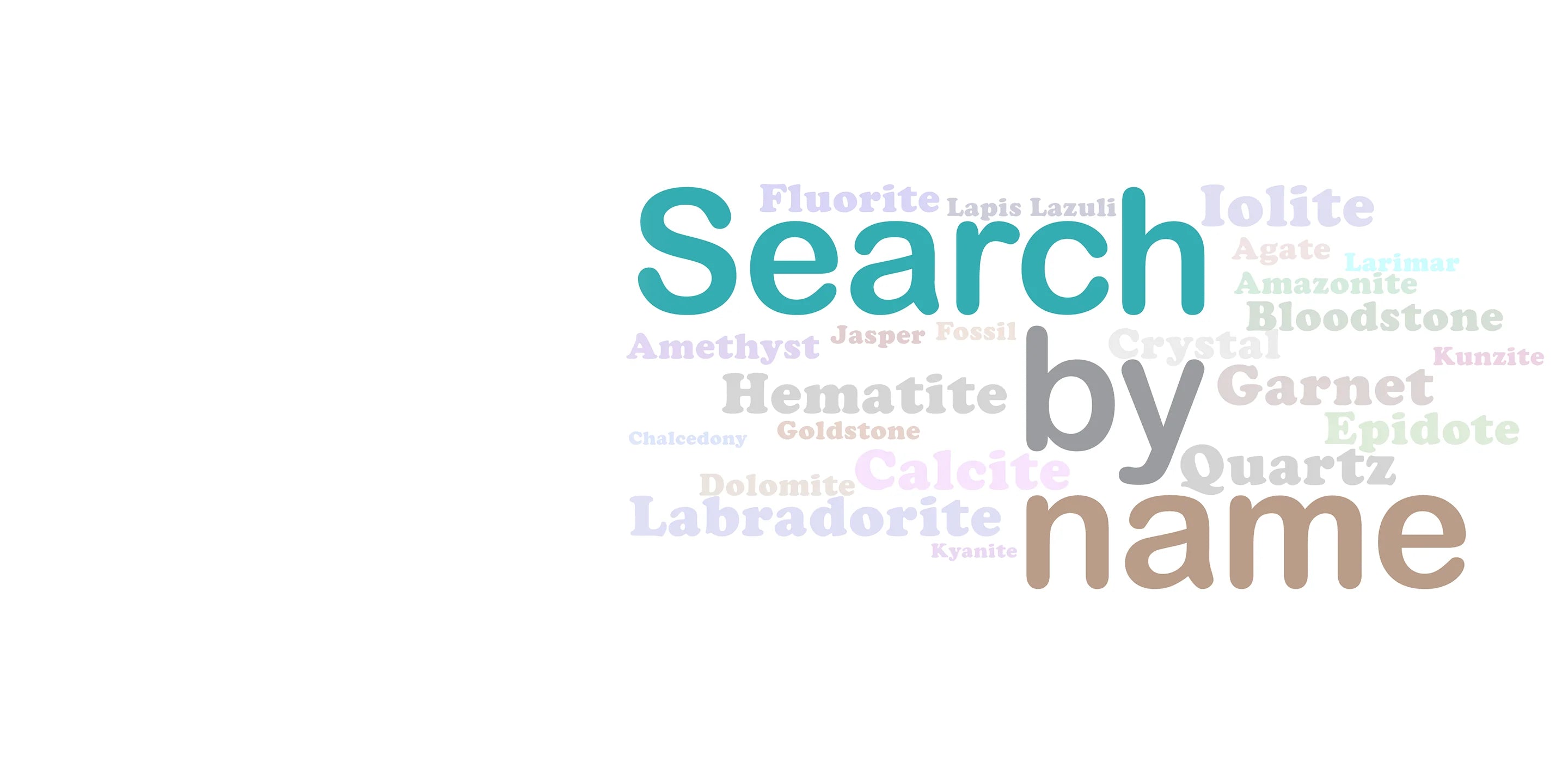

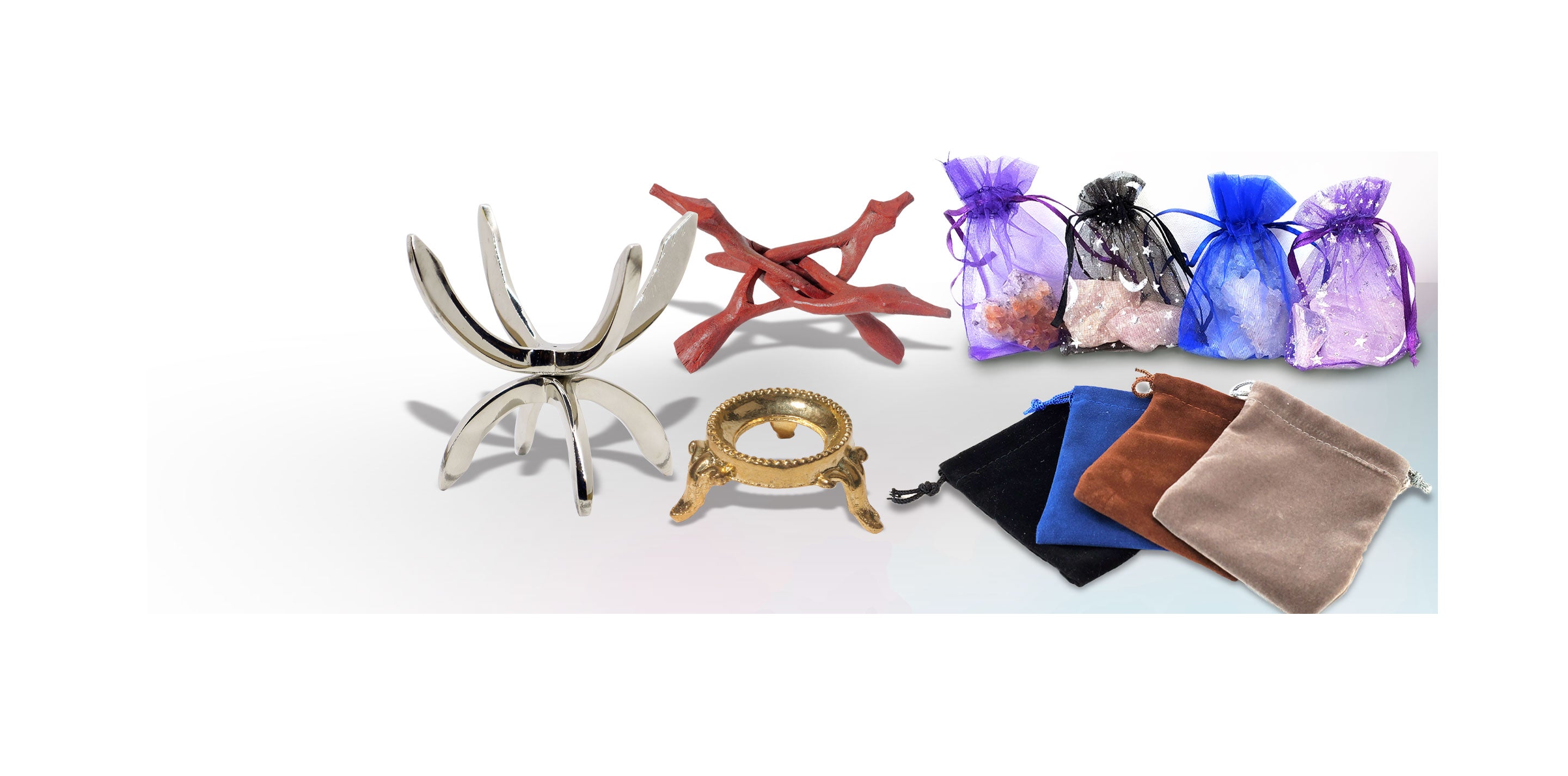
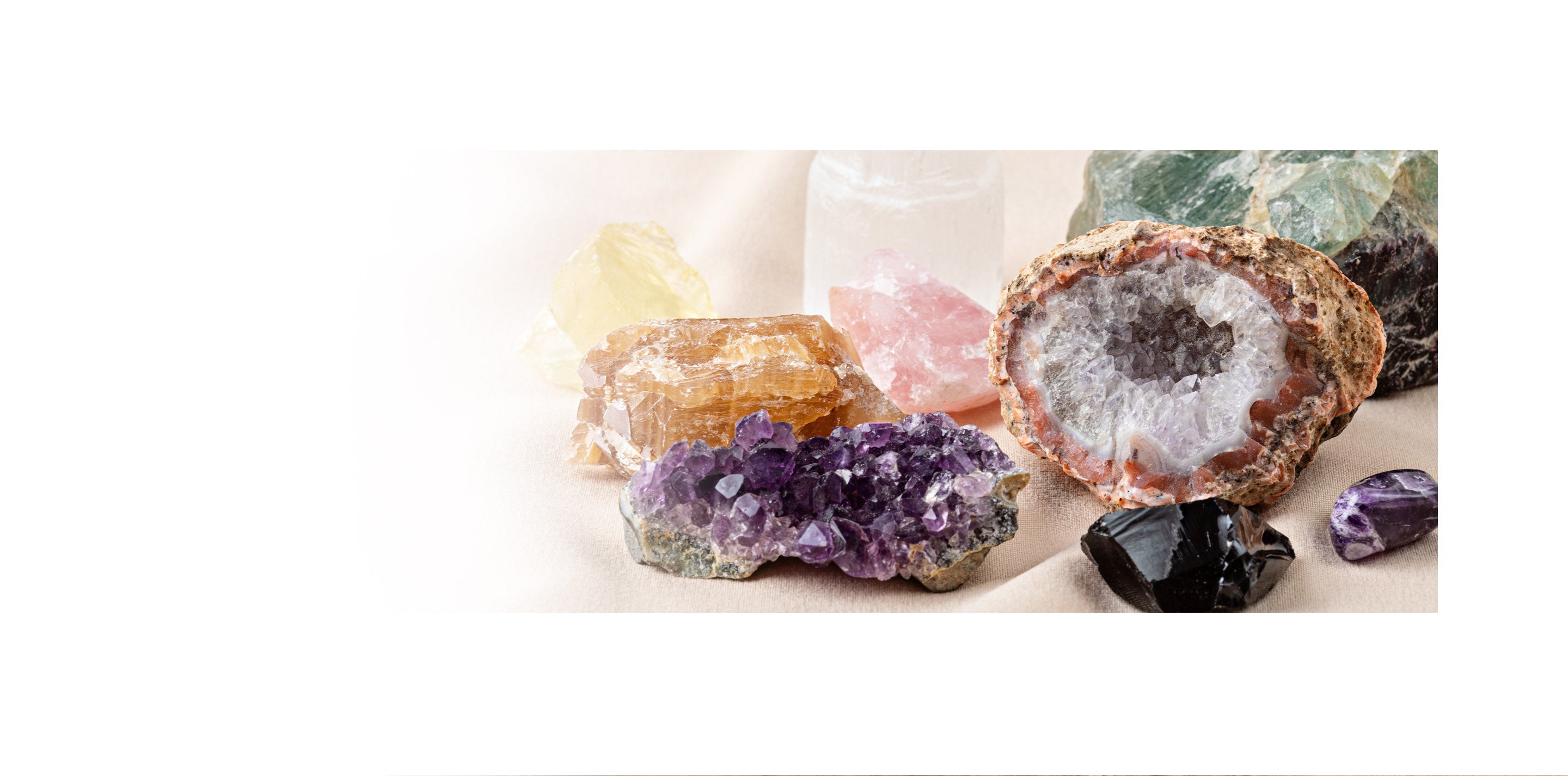
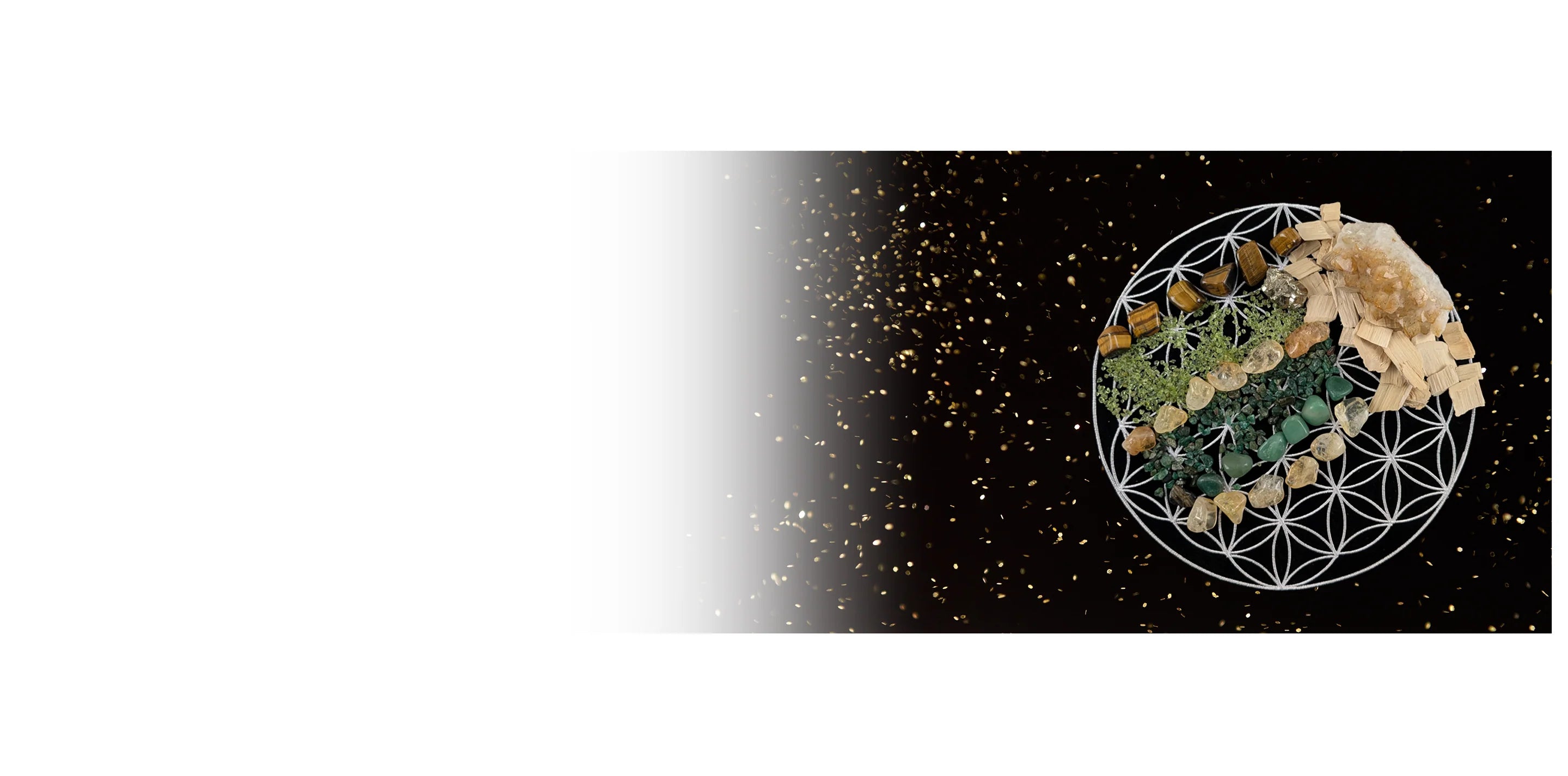
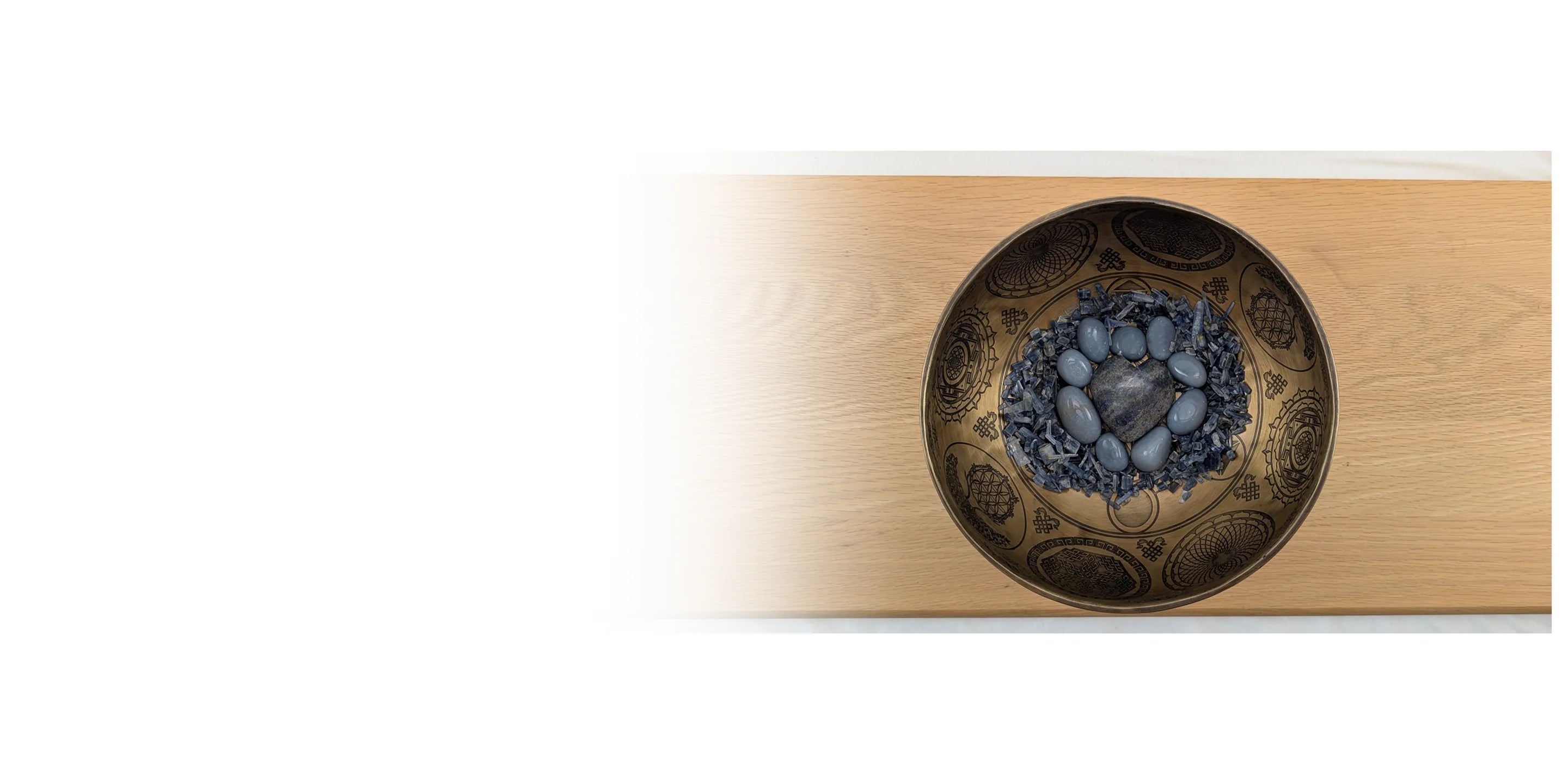
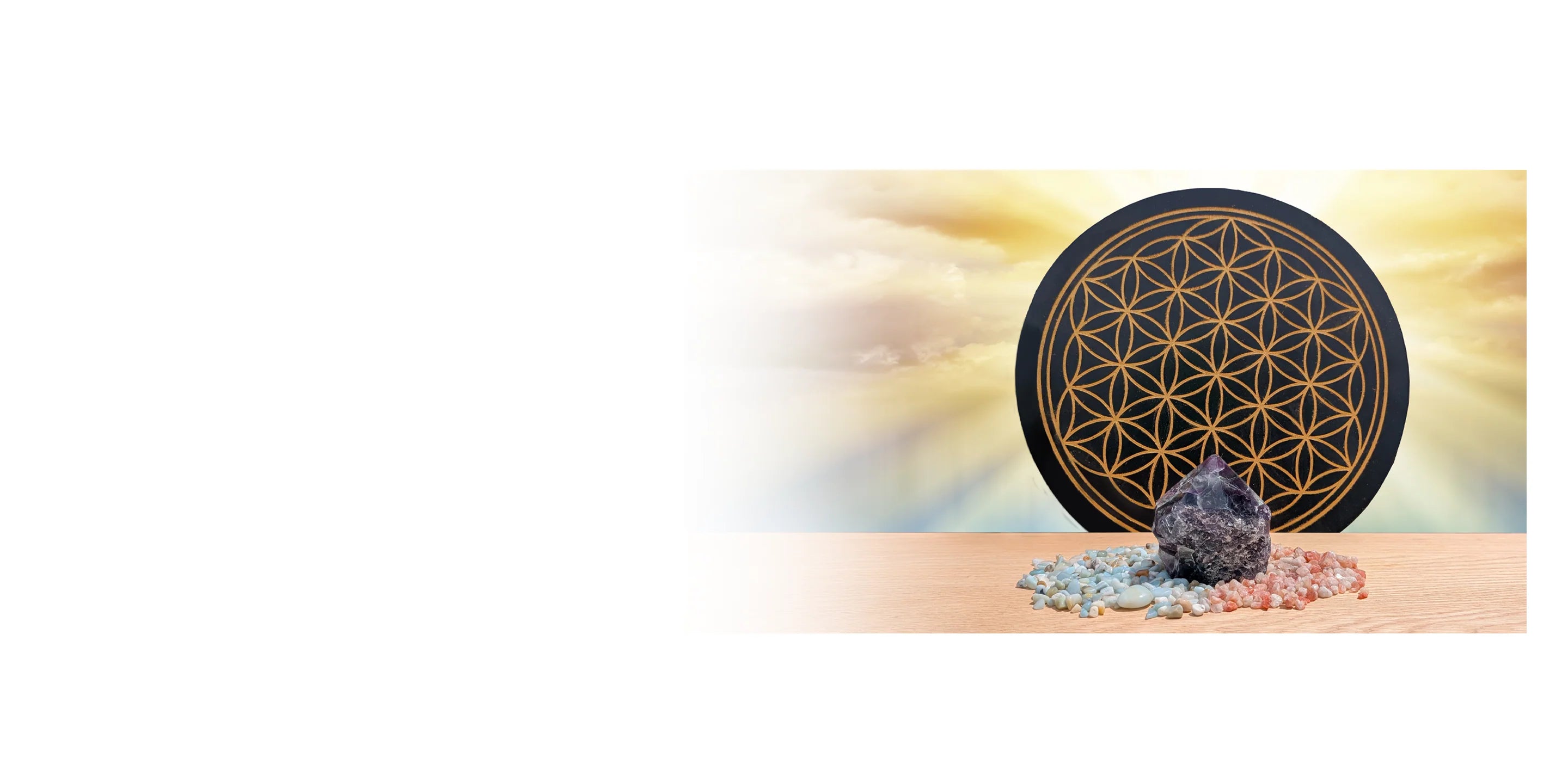
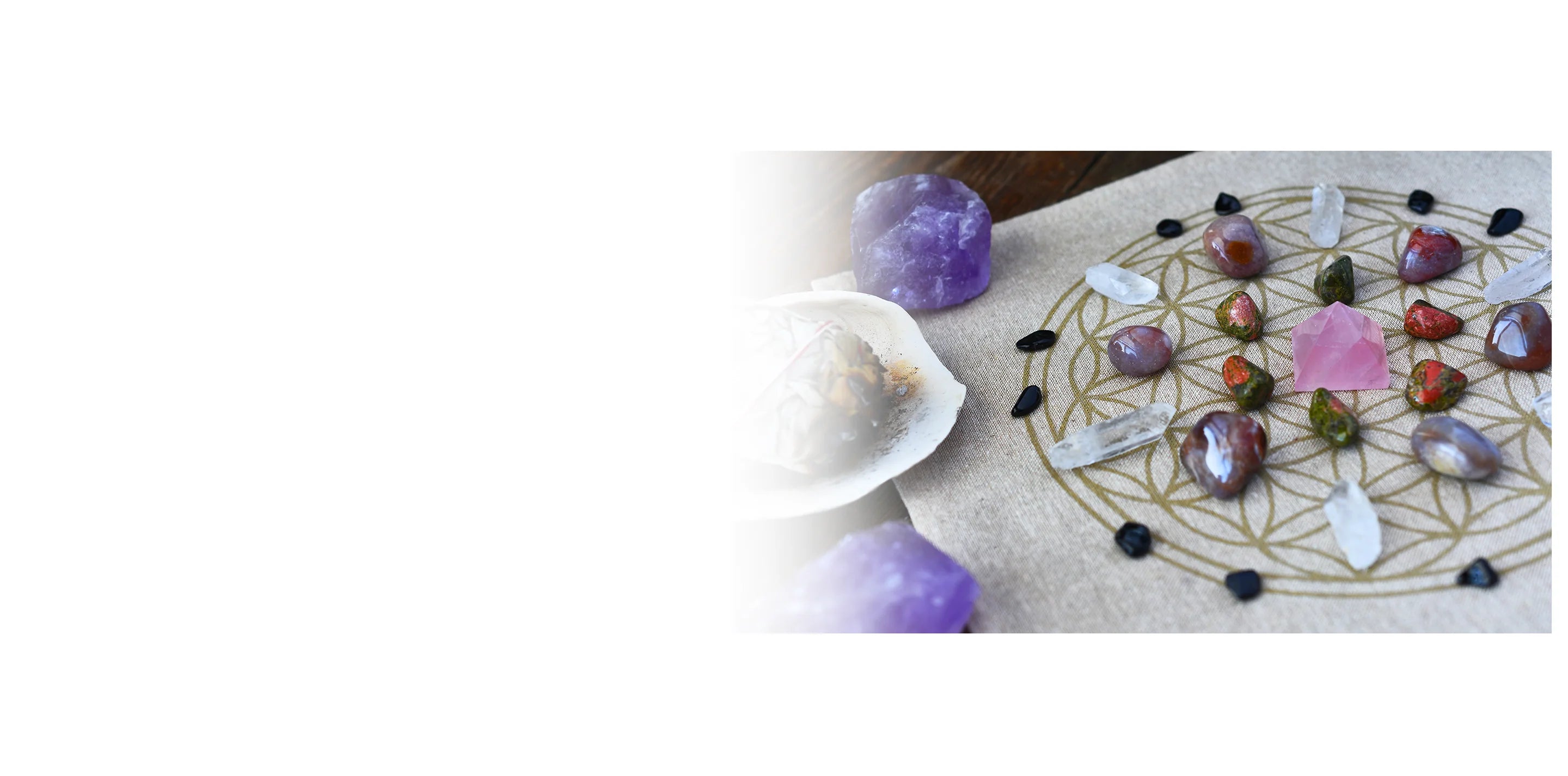
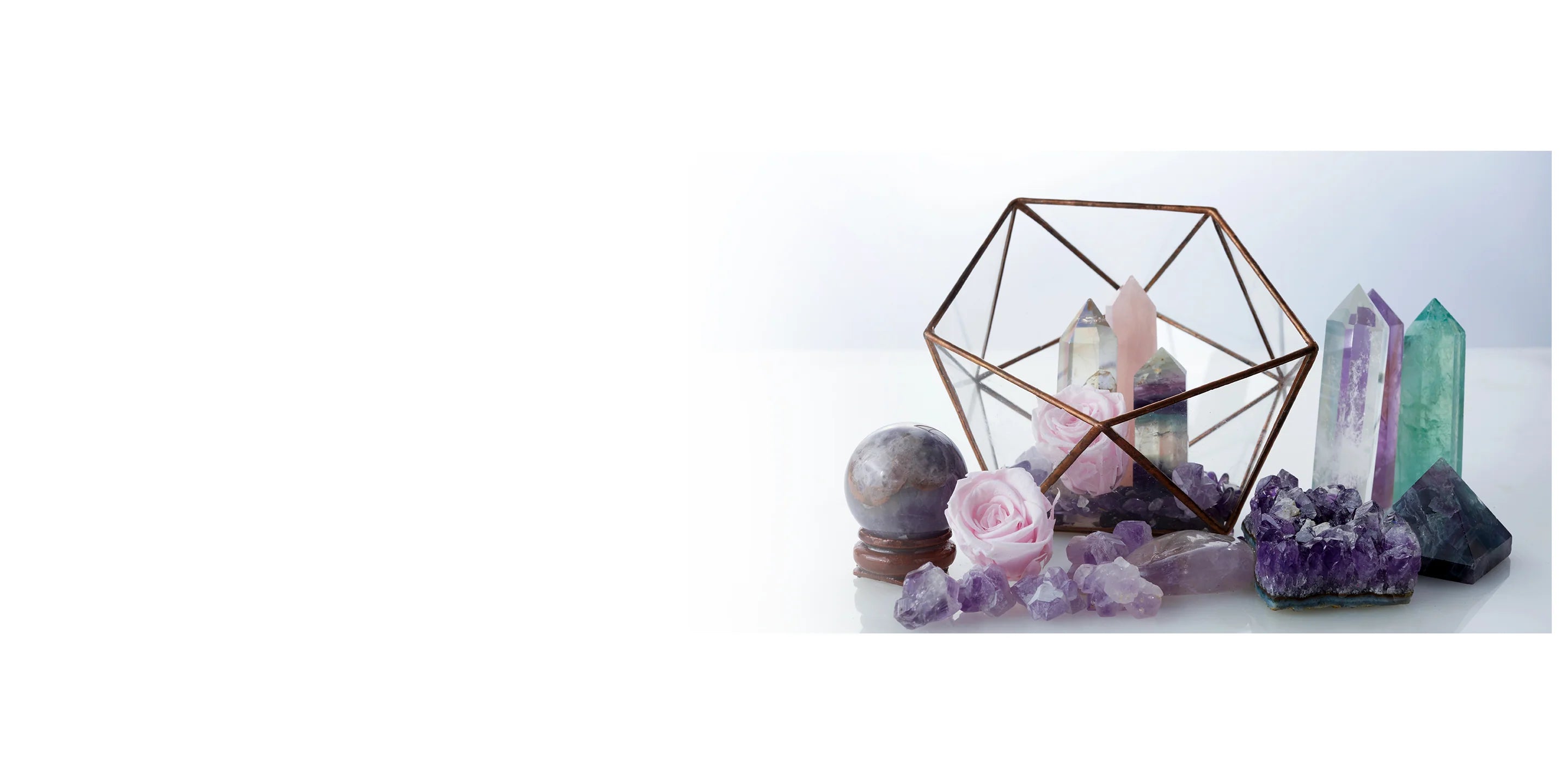


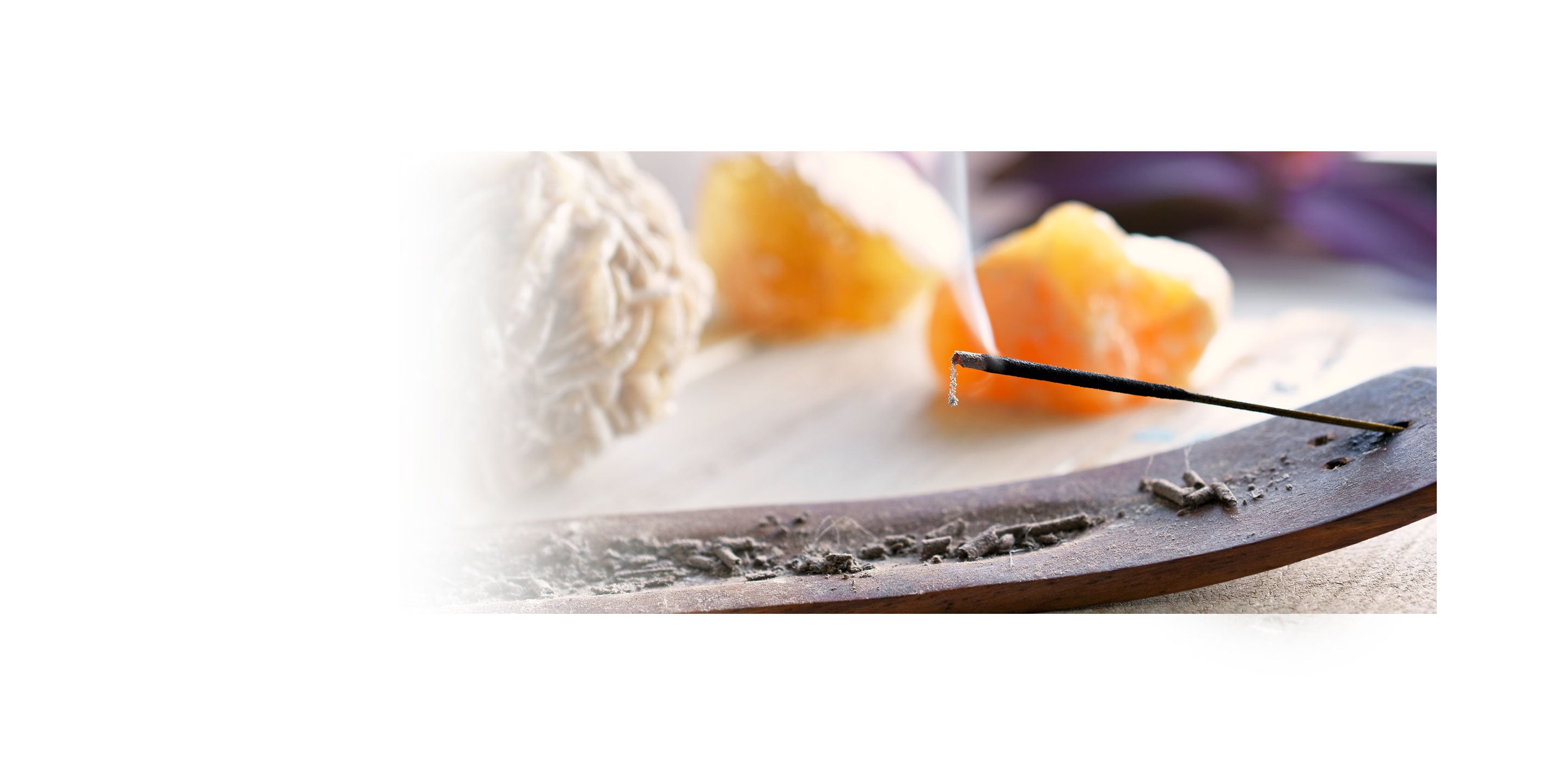
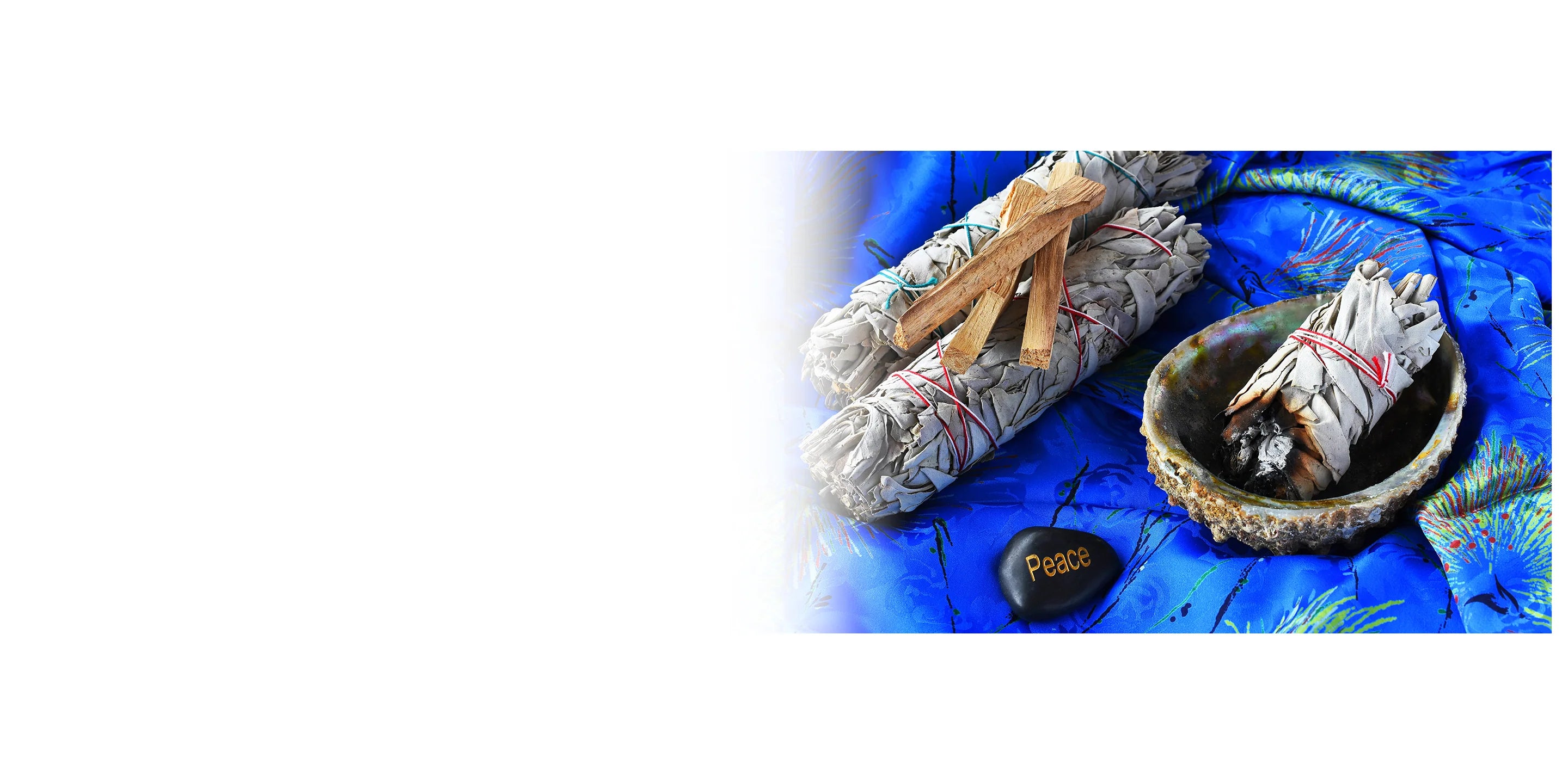

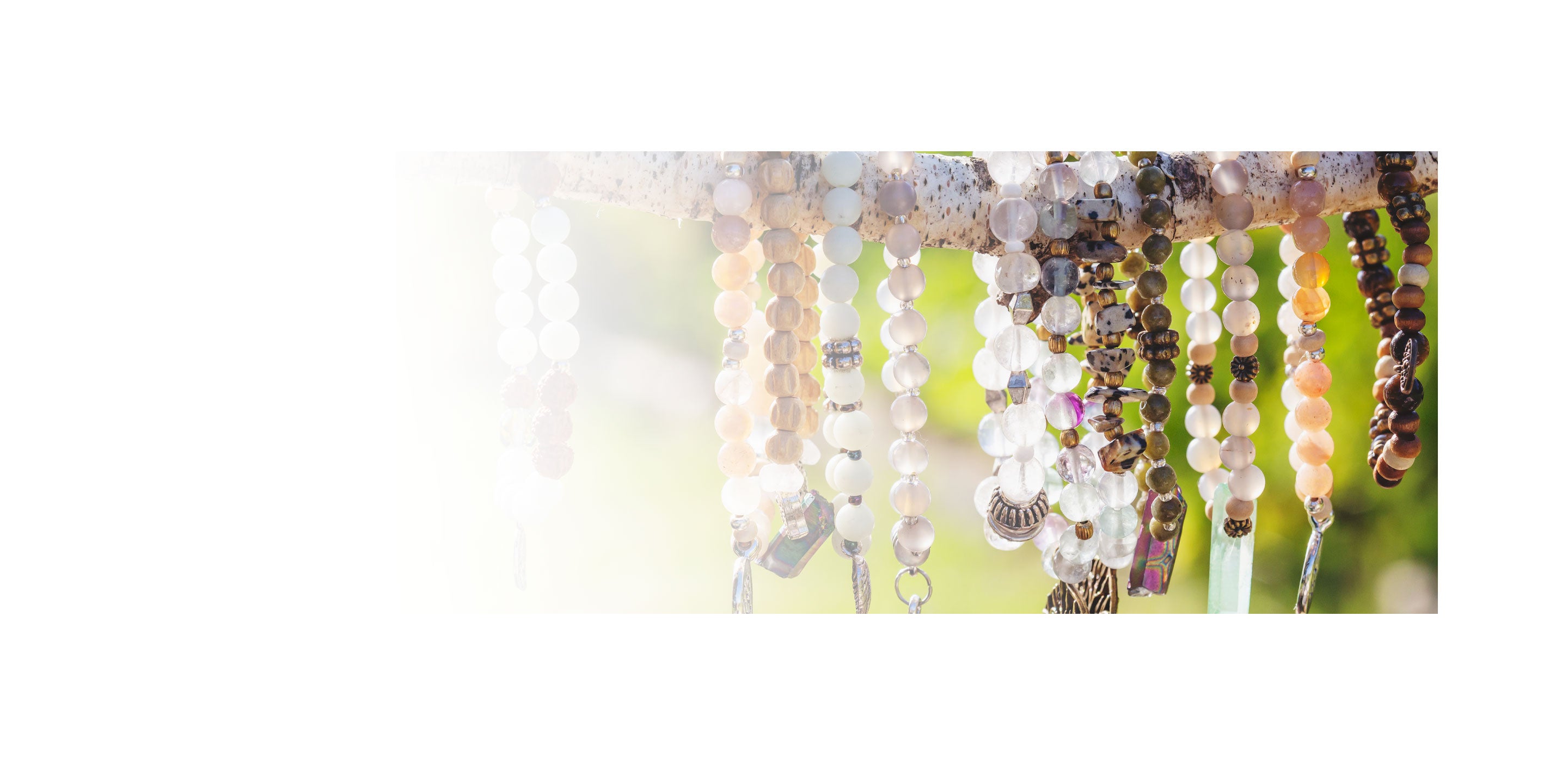

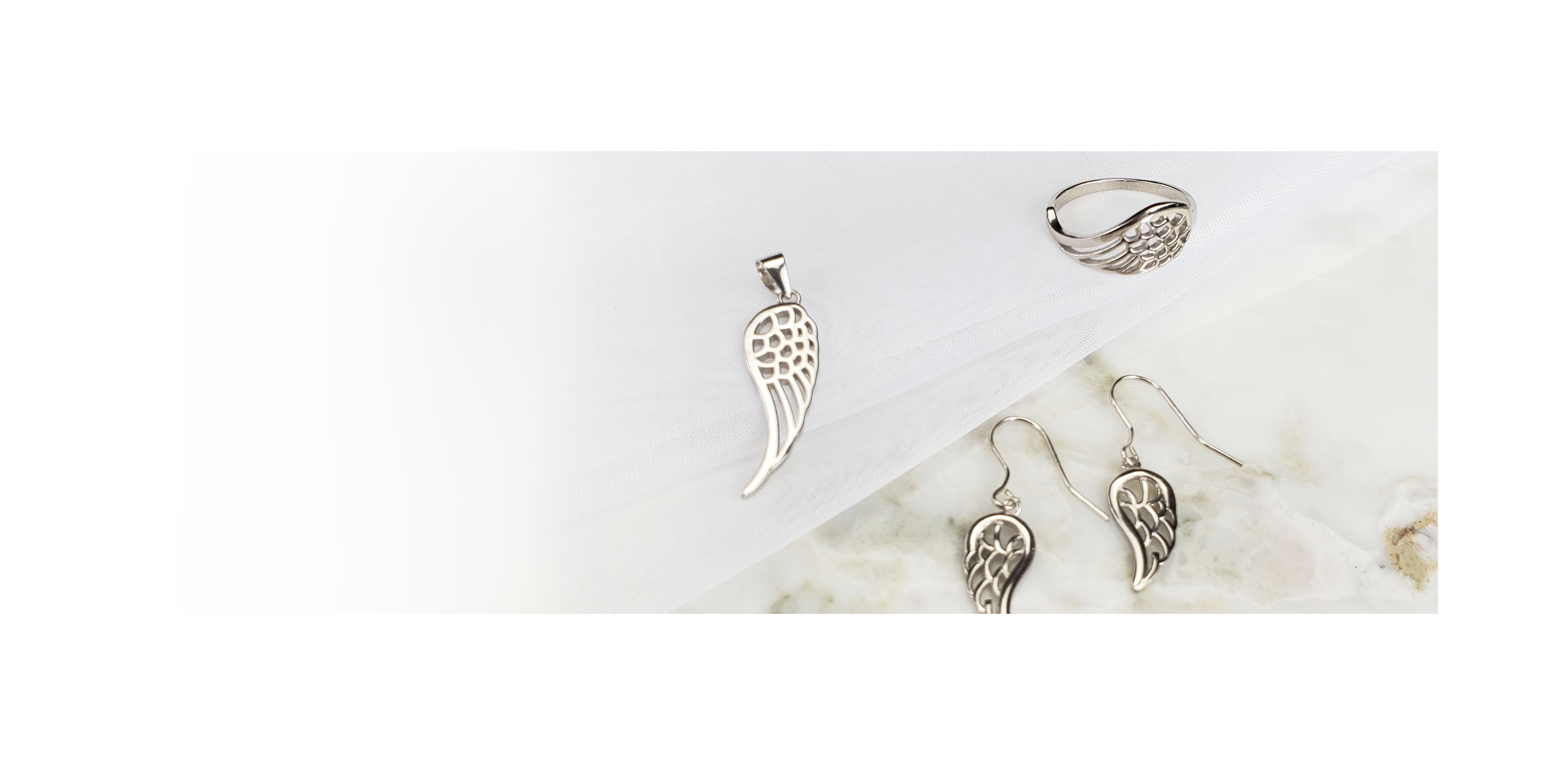
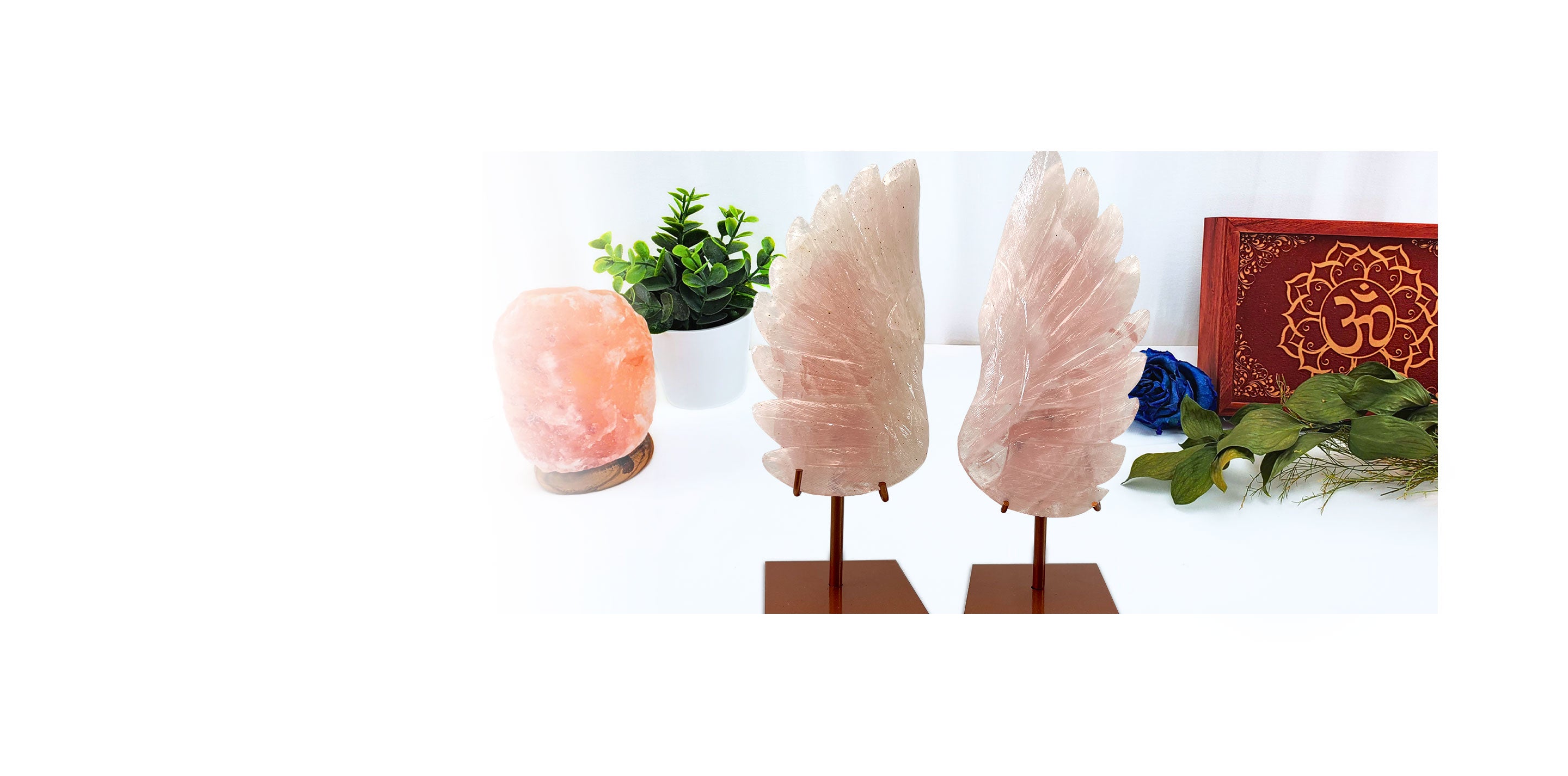
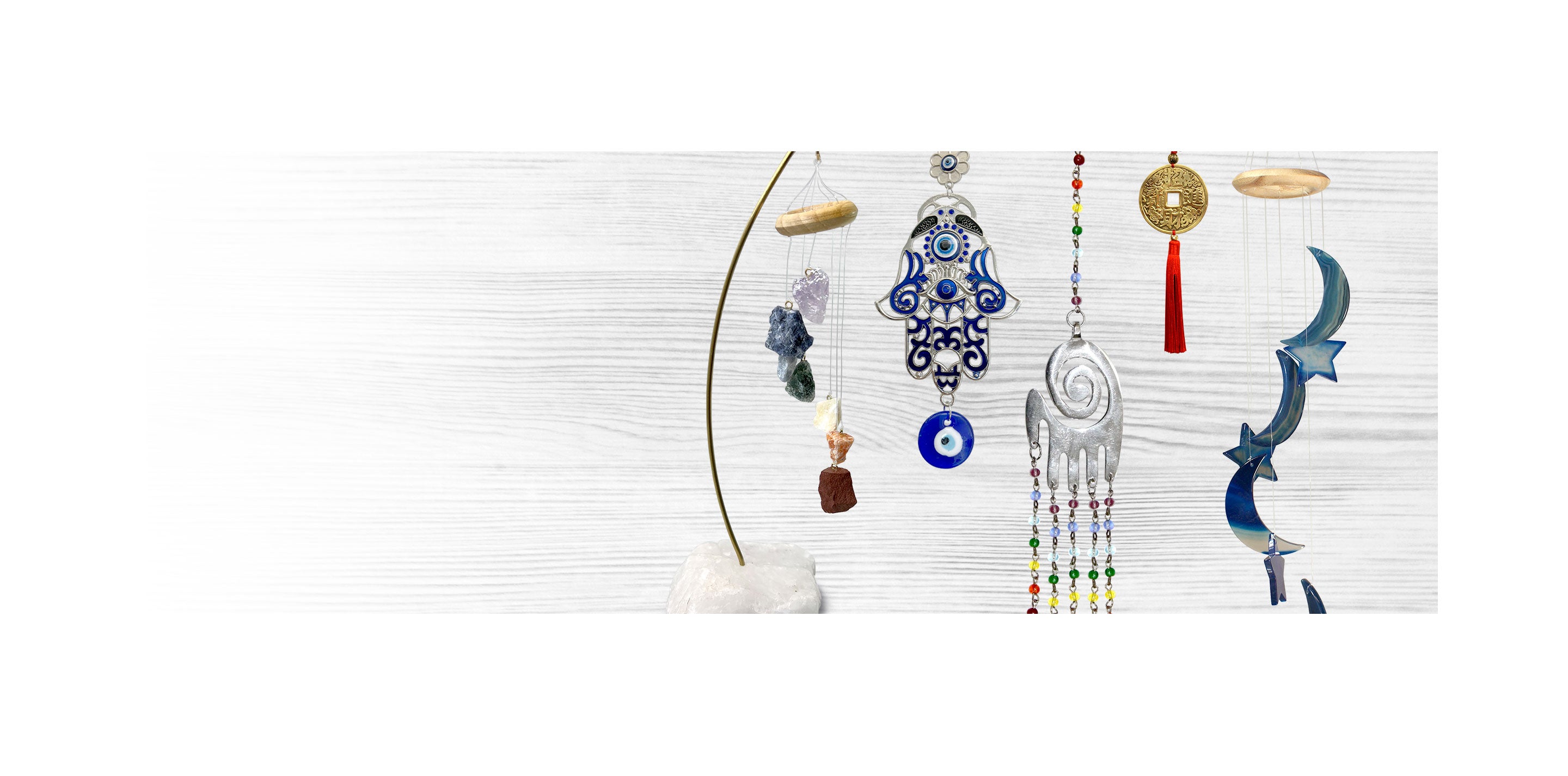



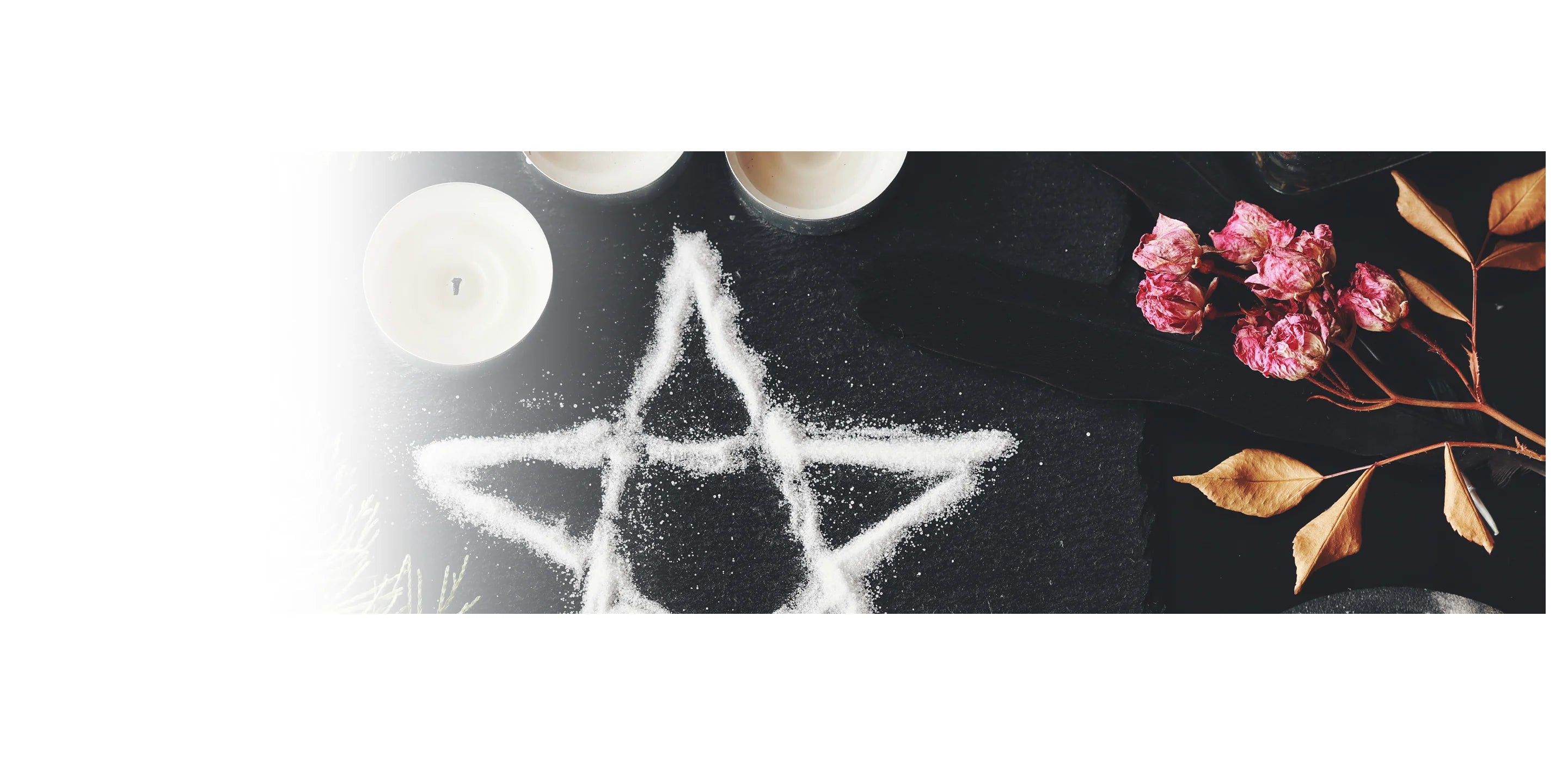
Leave a comment